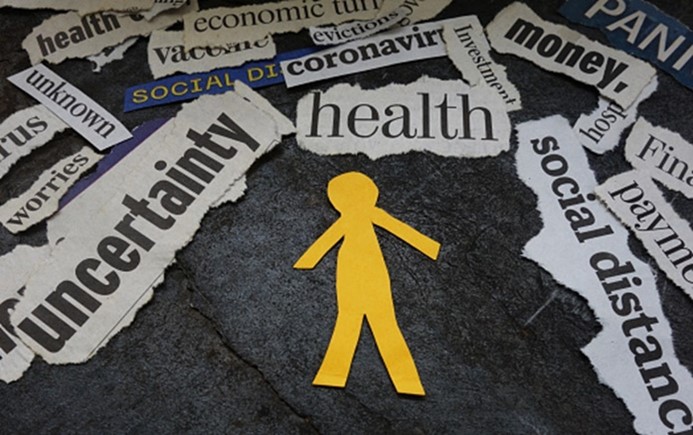
As part of our focus on International Stress Awareness Week, today we are looking at COVID stress syndrome. Yes, it’s a real thing. A COVID stress scale has been established to identify pandemic-related stress responses. There are five symptoms (or responses) that people suffering from COVID stress syndrome may have. They are:
1. Danger and contamination fears.
2. Socioeconomic concerns.
3. Xenophobia (dislike of or prejudice against people from other countries).
4. Traumatic stress.
5. Compulsive checking and reassurance seeking.
The five components are inter-connected, providing evidence of COVID stress syndrome.
The scale is very useful in identifying people who have specific pandemic-related mental ill health, which they need medical assistance and support with.
To date, statistically, the majority of people who have been diagnosed with COVID stress syndrome have been:
1. Younger.
2. Female.
3. Unemployed.
4. Less academically qualified.
5. Asian.
6. Hispanic.
7. People who have contracted COVID-19.
Like most mental health illnesses, anyone with COVID stress syndrome is likely to:
1. Be anxious.
2. Be depressed.
3. Stockpile supplies by way of panic buying.
4. Experience distress during voluntary self-isolation.
5. Avoid public places.
6. Avoid public transportation.
About 16% of adults in the general population have severe COVID stress syndrome. These individuals are more likely to need to access mental health services.
